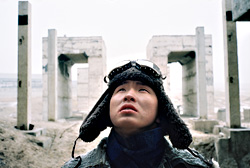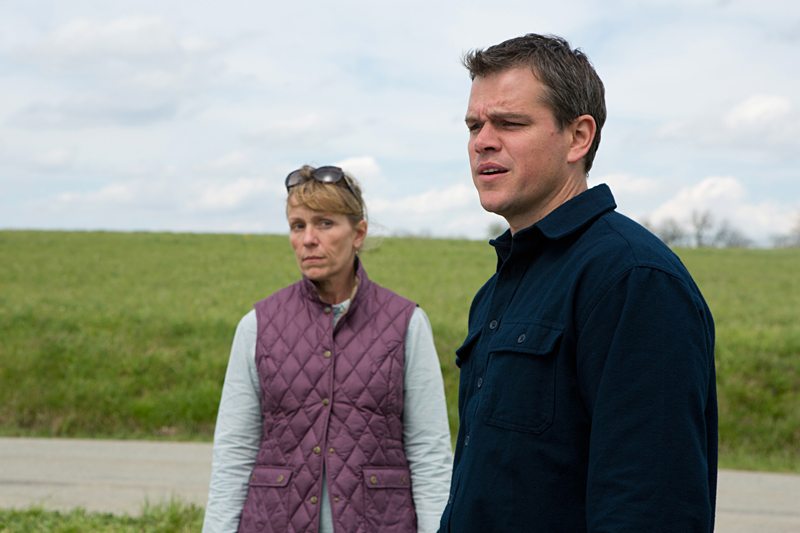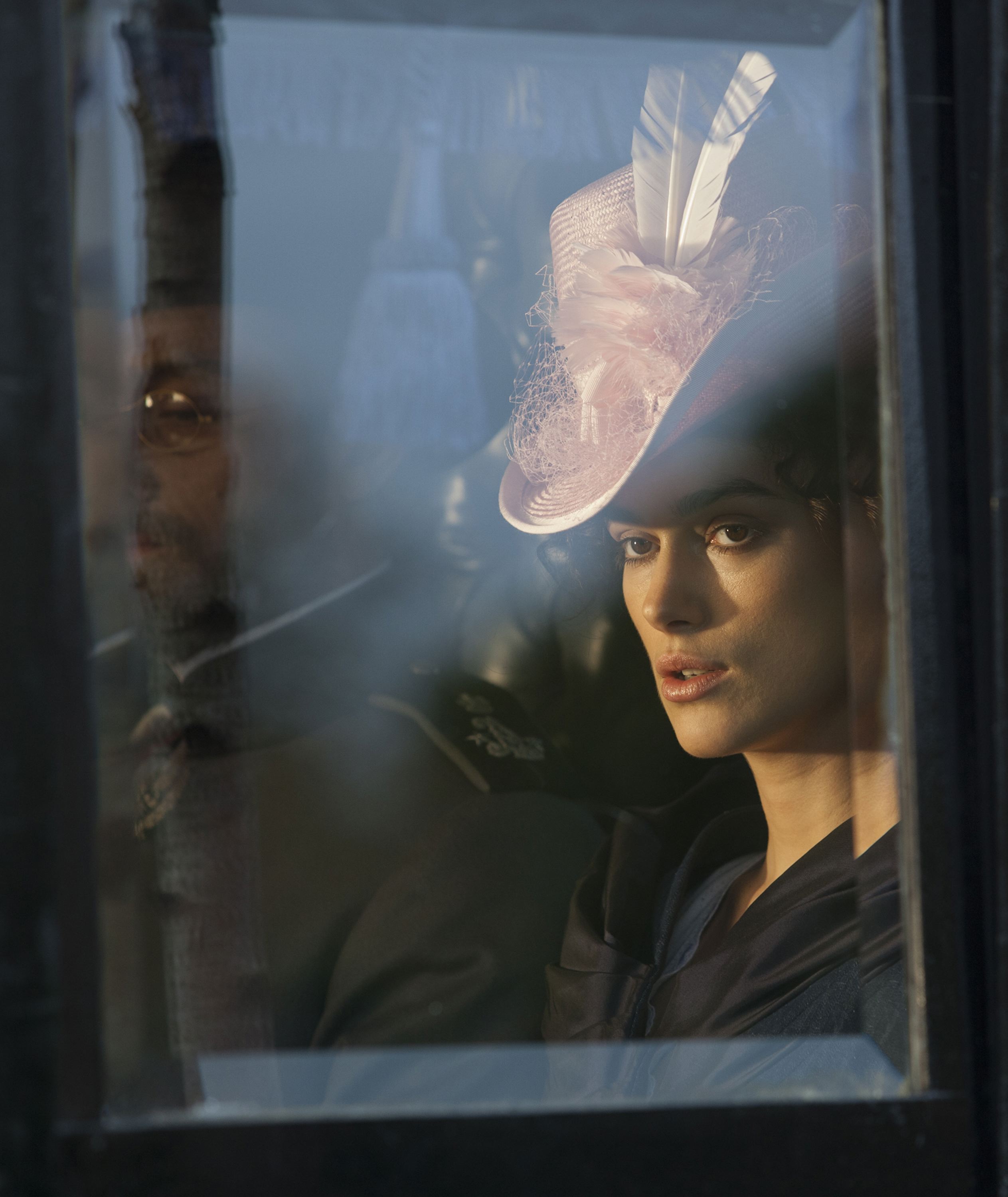Bagi (nonprofessional Batzul Khayankhyarvaa) is a young Mongol herder sharing a yurt with his depleted family on their ancestral steppes, leading much the same subsistence life his people have lived for a millennium. One day state officials arrive, bearing prophesy of a livestock plague, and the family is rounded up and slotted into worker housing in a toxic mining town. Co-directors Peter Brosens and Jessica Woodworth, both of whom have done documentary work in Mongolia, are fine when indulging their photojournalistic impulses, scouring the poured-concrete ruins of Soviet-era architecture to compile a portfolio of images from this little-known world. But Khadak recedes deeper and deeper into esoterica as it progresses, turning into a kind of oblique ecological protest as Bagi connects with a renegade troupe of avant-garde musicians opposing the authoritarian state. The rebellion never achieves the mythopoetic visual potency it strives for; while passably adopting several familiar modes of art-house style—the minimalism of figures in a gaping landscape, excruciatingly paced anomie, vague apocalyptica, monumentalist spectacle—Khadak doesn’t exhibit full, dynamic fluency in any of them. Cinematography is relied on to convey so much here, and while the epic desolation on display is almost invariably striking, it isn’t quite surprising.
Khadak: Mongolia Looks Great, but Not So Dramatic








